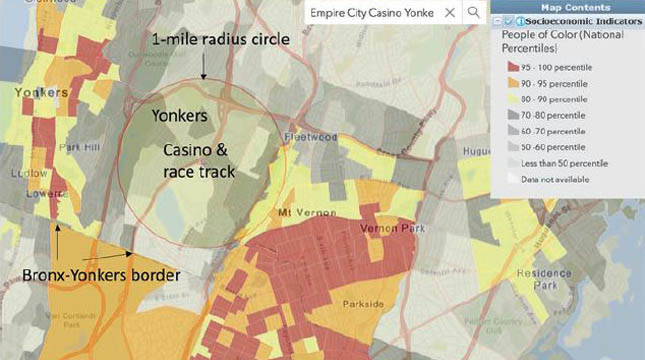A new book by Bloustein School Distinguished Professor, Emeritus Michael R. Greenberg examines environmental and social justice challenges near America’s most popular heritage attractions. In Environmental & Social Justice Challenges Near America’s Most Popular Museums, Parks, Zoos & Other Heritage Attractions Dr. Greenbeg includes over 100 places that host national parks (e.g., Glacier, Yellowstone), zoos (e.g., Bronx, Henry Doorly), urban parks (e.g., Central Park, Fairmount), grand concourses (e.g., 5th Avenue, Massachusetts Avenue), and multiple museums and galleries (e.g., National Gallery, Getty).
The book includes measurements of demographics, air quality/distance from hazards, health outcomes, and urban assets in the areas immediately surrounding these heritage sites and compares them with adjacent areas and their host cities or states. It considers the history of justice-related issues near the sites and evaluates what owners, managers, and communities are doing to address gentrification, displacement, the legacy of redlining, and other challenges, such as the animal rights movement, climate change/sustainability, and tight budgets.

Dr. Greenberg also examines what some host cities are doing about affordable housing and what some heritage sites have done in establishing constructive relationships with surrounding communities. It will be of interest to the strong and growing social and environmental justice community that has increasingly been scrutinizing parks and other icons for evidence of injustice as well as businesses, not-for-profits, and government agencies that manage parks, zoos, museums, and other attractions and need to understand what is happening near their sites and what they can do to be better neighbors.
The book is available on the publisher’s website, Google books, or Amazon (rent, hardcover, and Kindle options).
Dr. Greenberg has written more than 30 books and more than 300 articles including most recently Siting Noxious Facilities (Routledge/Earthscan, 2018); Urban Planning and Public Health, with Dona Schneider (APHA 2017); Explaining Risk Analysis: Protecting Health and Safety (Earthscan 2016); and Protecting Seniors Against Environmental Disasters: From Hazards and Vulnerability to Prevention and Resilience (Earthscan 2014). His research focuses on environmental health and risk analysis. He was also a member of National Research Council Committees that focused on the destruction of the U.S. chemical weapons stockpile; management of nuclear weapons; degradation of the U.S. government physical infrastructure; and sustainability.
